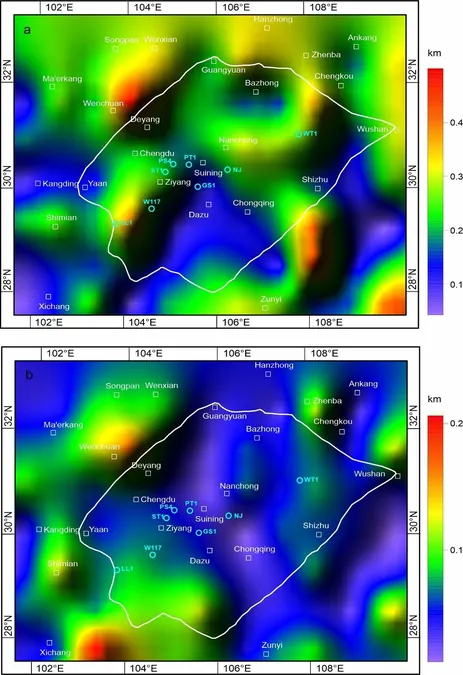
Massive Discovery: 400-Mile 'Fossilized Volcanoes' Unearthed in Yangtze Block
2025-07-31
Author: Wei Ling
Unearthing Ancient Secrets Beneath the Yangtze Block
In a groundbreaking revelation, researchers have uncovered a sprawling 400-mile arc of ancient 'fossilized volcanoes' deep within the Yangtze Block, a tectonic marvel in South China dating back around 800 million years. This significant geological finding can reshape our understanding of ancient supercontinents and volcanic activity.
The Birth of a Geological Giant
The drama began during the Tonian period when the supercontinent Rodinia fractured, leading to the formation of the Yangtze Block plate. This massive tectonic shift colliding with the China Ocean Plate triggered subduction—a process where oceanic plates slide under their continental counterparts, resulting in the eruption of volcanoes at the surface.
A Revolutionary Study Uncovers Hidden Depths
While previous research typically focused on volcanism along continental edges, a new study published in the Journal of Geophysical Research: Solid Earth pulls us into the heart of the Yangtze Block’s interior. By employing seven deep boreholes, plunging 3.6 to 6.5 kilometers into the earth, alongside advanced aeromagnetic surveys, researchers mapped previously hidden subsurface rock formations.
The Discovery of the Deep Magmatic Arc
Their findings revealed a strikingly iron-rich strip of rock—indicators of a buried magmatic arc belt extending across a vast 700 kilometers. The borehole analysis pinpointed its origins back to the Tonian period, likely between 820 and 770 million years ago. Astonishingly, this arc stretches at least 400 to 900 kilometers inland, far exceeding previous expectations of volcanic activity confined to continent edges.
A New Understanding of Past Geological Events
This discovery hints that the magmatic arcs may not only have been localized phenomena but rather extensive extensions of the known Panxi-Hannan arc found along the Yangtze Block. The researchers attribute this expansive reach to a process known as flat-slab subduction, where tectonic plates descend into the mantle at a shallower angle.
Implications for Future Geological Exploration
As the authors assert, "Our findings expand the circum-Yangtze Tonian continental arc system into the Yangtze Block’s interior, shedding light on the area’s tectonic-magmatic history." This opens exciting avenues in crustal mechanics research and could transform resource exploration strategies, prompting searches for similar buried volcanic systems across other continents.
The Future Awaits—What Lies Beneath?
With each layer of earth revealed, our understanding of geological history grows richer. The potential for discovering ancient volcanic systems beneath other regions now beckons, offering a treasure trove of insights waiting to be uncovered.



 Brasil (PT)
Brasil (PT)
 Canada (EN)
Canada (EN)
 Chile (ES)
Chile (ES)
 Česko (CS)
Česko (CS)
 대한민국 (KO)
대한민국 (KO)
 España (ES)
España (ES)
 France (FR)
France (FR)
 Hong Kong (EN)
Hong Kong (EN)
 Italia (IT)
Italia (IT)
 日本 (JA)
日本 (JA)
 Magyarország (HU)
Magyarország (HU)
 Norge (NO)
Norge (NO)
 Polska (PL)
Polska (PL)
 Schweiz (DE)
Schweiz (DE)
 Singapore (EN)
Singapore (EN)
 Sverige (SV)
Sverige (SV)
 Suomi (FI)
Suomi (FI)
 Türkiye (TR)
Türkiye (TR)
 الإمارات العربية المتحدة (AR)
الإمارات العربية المتحدة (AR)